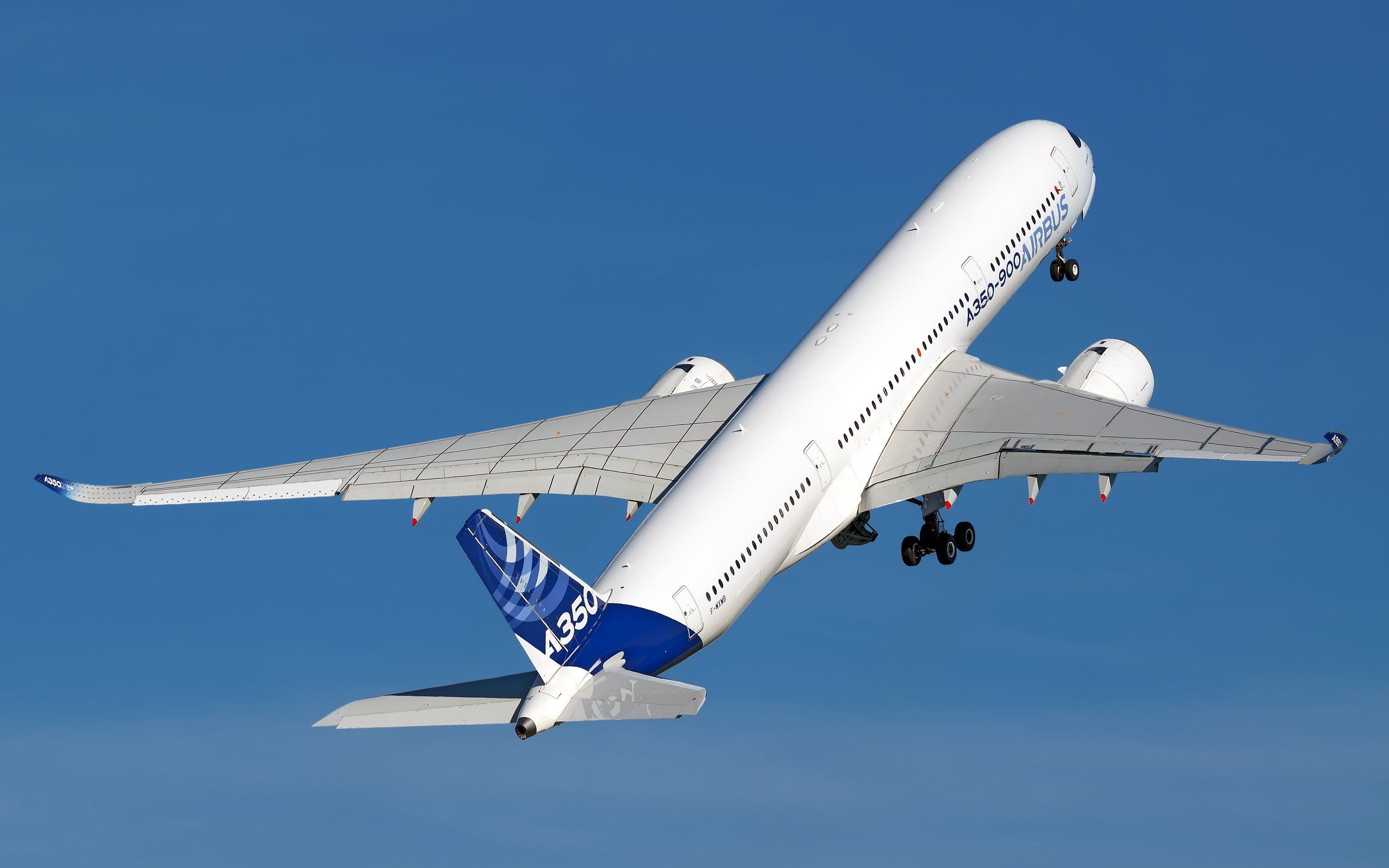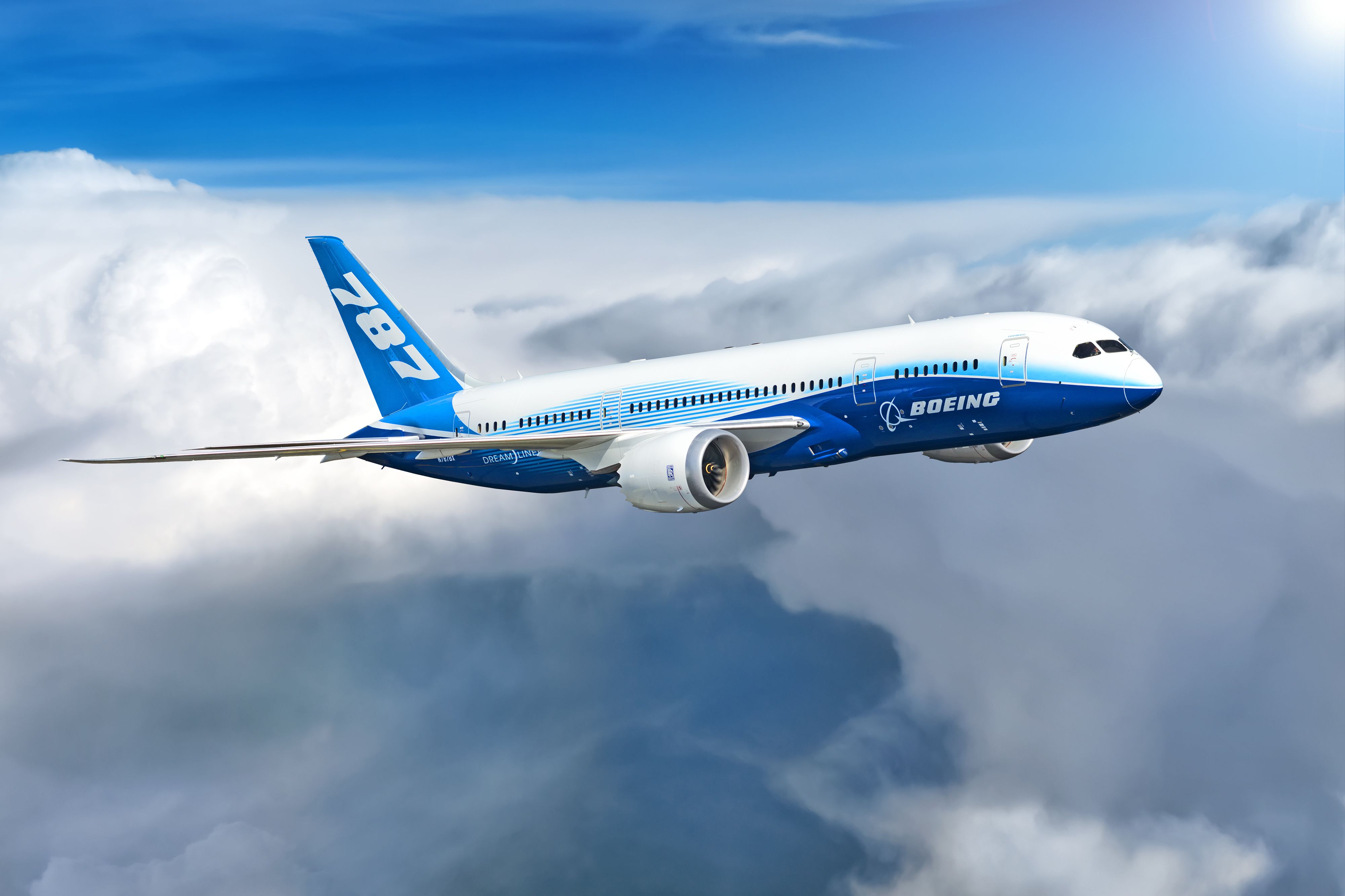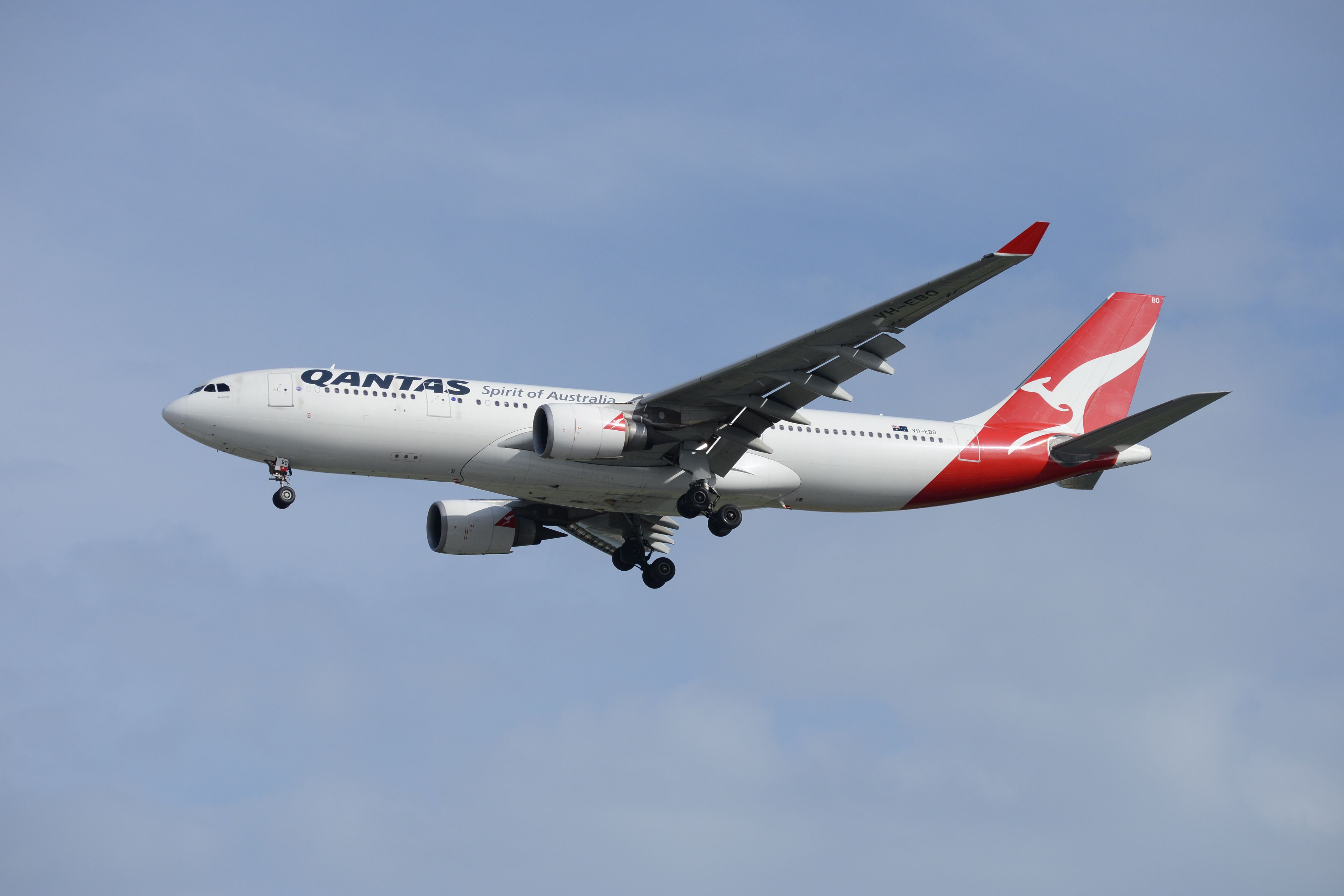A Reuters report published today states that the European Union Aviation Safety Agency (EASA) has ruled out single-pilot flights by 2030. However, the regulator has left the solo-pilot door slightly ajar as it considers proposals from Airbus and Dassault Aviation.
The solo door is ajar
Reuters said that EASA is considering giving the green light to limited single-person operation for parts of the flight as early as 2027. The thinking is that two pilots would be on deck for the more demanding parts of the flight, such as take-off and landing, but solo flying would be possible in the less demanding cruise phase.
Last year Simple Flying wrote about the initiative between Airbus and Cathay Pacific called Project Connect, which had an initial first-flight target of 2025 on the Airbus A350. At the time, the focus was on investigating if rest periods could be used, thereby reducing the total number of pilots onboard for long-haul flights from three-four to two. This would involve a fatigued pilot taking rest periods in the crew rest area while the other pilot flew solo.
EASA manager Andrea Boiardi told Reuters that the proposal included limitations such as barring pilots with medical conditions or too few hours of experience from flying solo. He added that only the most advanced planes, equipped with a higher level of safety than required by minimum certification standards, could be used for solo flying in cruise. This points to the Airbus A350, involved in the Cathay Pacific project, the Boeing 787, and potentially the 777X when it is certified.
However, the regulator was emphatic that solo flying by 2027 was not realistic. That position was based on the view that any change must meet the same safety standards as two-pilot flying and that current automation still had some way to go to meet those standards. As well as the massive hurdle of gaining public acceptance, any switch to solo flying would need the approval of the United Nations International Civil Aviation Organization (ICAO), airlines, pilots and other regulatory bodies.
Get the latest aviation news straight to your inbox: Sign up for our newsletters today.
What do pilots think about solo flying?
This issue of one pilot flying a large commercial airliner was also in the headlines in November last year. At that time, numerous outlets reported that more than 40 countries, including Britain, New Zealand and Germany, had asked ICAO to help make single-pilot flights a safe reality.
In a Bloomberg report, Qantas Airbus A330 captain Tony Lucas raised safety concerns that a single pilot might be overwhelmed by an emergency before his co-pilot was able to reach the cockpit and lend assistance. Lucas, who is the president of the Australian and International Pilots Association and an A330 Check and Training Captain, said:
"The people going down this route aren't the people who fly jets every day. When things go awry, they go awry fairly quickly."
Lucas also pointed out that single-pilot flying takes away the opportunity to train and mentor junior pilots. The UK Civil Aviation Authority agreed, saying that transitioning to single-pilot operations could impact areas such as crew training and medical requirement, as well as mental health and job satisfaction.
What do you think of this single-pilot flying concept? Let us know in the comments.



